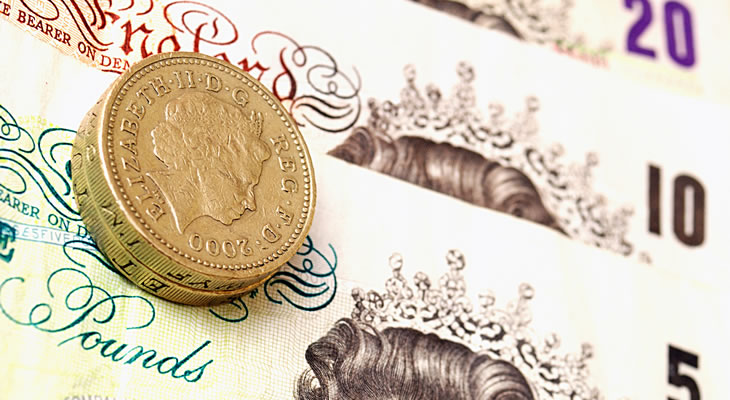UK construction activity growth marginally accelerated in February, against forecasts of no change, according to the latest Markit/CIPS PMI. This has allowed GBP EUR to rise 0.2% to around 1.16.
Investors had feared that yesterday’s manufacturing index was just the first of a run of below-forecast UK PMIs.
The positive construction score has therefore lessened the downward pressure on the Pound, with traders feeling less pessimistic ahead of tomorrow’s services and composite indices.
The construction PMI may have inched higher, but firms surveyed reported numerous concerns as well.
‘Overall, the sector’s optimism was still high as workloads remained strong, propped up by the prospect of new projects and repeat business,’ said Duncan Brock of the Chartered Institute of Procurement and Supply. ‘Though the level of new orders was modest, it is the relentless and brutal rise in prices for construction materials, combined with the impact of the weaker Pound, that could block the sector’s progress in the coming months.’
Inflation continues to worry businesses and consumers. GBP EUR gains have been curbed by the fact eyes remain largely on tomorrow’s data.
Should the figures show that the service sector has notably weakened, the Pound could be set for strong depreciation on a double-whammy of the poor economic outlook and the triggering of Article 50 later this month.
A strong services figure would help improve the economic outlook and may see more investors wondering if a divorce from the EU might be business-positive after all.
Eurozone investors are also wondering how data released today changes the long-term outlook – in this case, the outlook for monetary policy.
Eurozone consumer price figures have printed in line with consensus expectations, showing price growth overall accelerated from 1.8% to 2%. Core inflation, which strips out more erratic fuel and food costs, remained at 0.9%.
This is somewhat problematic, as the European Central Bank (ECB) is likely to want to see the more stable core inflation figure rise much higher before tightening monetary policy.
Therefore today’s data seemingly does little to improve the outlook for interest rates, although there is likely to be some debate as to how far above the target of ‘around 2%’ overall inflation can rise before policymakers are compelled to act regardless of core inflation rates.
Additionally, unexpected strength in producer prices could suggest that the inflation outlook for the Eurozone remains tilted to the upside.
Producer prices remained ten basis points above forecast at 0.7% month-on-month in January, which only represents a slowdown on December’s 0.8% growth because the figure was subsequently adjusted higher.
Year-on-year producer prices climbed from 3.2% to 3.5%, despite being forecast to drop to 1.6%.
Higher producer prices are likely to see consumer prices rise too, hence traders may be thinking that the outlook for inflation remains positive and so the ECB may begin to see core inflation growth accelerate in the not too distant future.
At the time of writing, the Pound Euro exchange rate was trading up 0.2% in the region of 1.1663.
Relative strength indicators – a rating based upon both currency’s aggregate performance versus the other majors – remained below the neutral 50 mark for the third day.
A score of 50 indicates ‘fair value’ – i.e. the exchange rate the pairing should trade for in order to account for price differences. Under 50 suggests investors are favouring EUR too much, although GBP EUR is only considered ‘undervalued’ if the score falls to 30 or below.
The current score of 45 may therefore suggest the Pound has more room to appreciate than to depreciate. It largely depends on how tomorrow’s data prints.


Comments are closed.